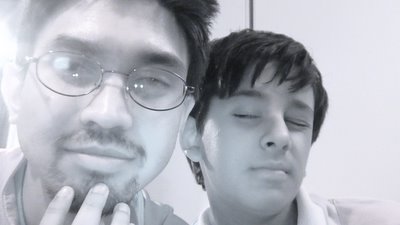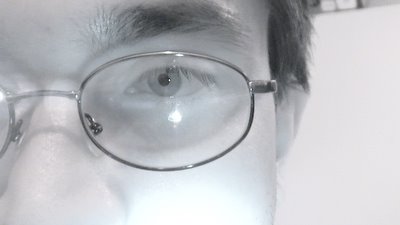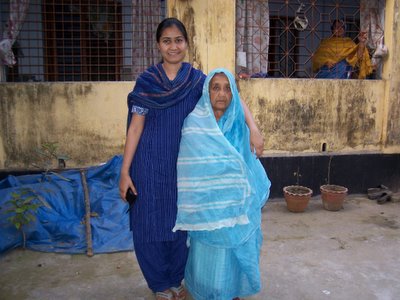



























Flower is the best thing god ever made and forgot to put a soul in it
OpenGL was originally developed by Silicon Graphics, Inc. (SGI) as a multi-purpose, platform-independent graphics API. Since 1992, the development of OpenGL has been overseen by the OpenGL Architecture Review Board (ARB), which is made up of major graphics vendors and other industry leaders, currently consisting of 3DLabs, ATI, Dell, Evans & Sutherland, Hewlett-Packard, IBM, Intel, Matrox, NVIDIA, SGI, Sun Microsystems, and Silicon Graphics. The role of the ARB is to establish and maintain the OpenGL specification, which dictates which features must be included when one is developing an OpenGL distribution.
OpenGL stands for “Open Graphics Library.” “Open” is used because OpenGL is an open standard, meaning that many companies are able to contribute to the development. It does not mean that OpenGL is open source.
 The Terracotta Army (Chinese: 兵馬俑; Hanyu Pinyin: Bīng Mǎ Yǒng; literally "Soldier and Horse Figures") is a collection of 8,099 life-size terra cotta figures of warriors and horses located in the Mausoleum of the First Qin Emperor (秦始皇陵; Qín Shǐ Huáng Líng). The figures were discovered in 1974 near Xi'an, Shaanxi province, China.
The Terracotta Army (Chinese: 兵馬俑; Hanyu Pinyin: Bīng Mǎ Yǒng; literally "Soldier and Horse Figures") is a collection of 8,099 life-size terra cotta figures of warriors and horses located in the Mausoleum of the First Qin Emperor (秦始皇陵; Qín Shǐ Huáng Líng). The figures were discovered in 1974 near Xi'an, Shaanxi province, China. Xi'an (Chinese: 西安; Hanyu Pinyin: Xī'ān; Wade-Giles: Hsi-An; literal meaning: "Western Peace"; former name Sian), is the capital of Shaanxi province in China and a sub-provincial city. Known as one of the most important cities in Chinese history, Xi'an is listed as one of the Four Great Ancient Capitals of China because it has been the capital of 13 dynasties such as Zhou, Qin, Han, and Tang. Xi'an is the eastern end of the Silk Road. The city has more than 3,100 years of history. It was called Chang'an (长安/長安 pinyin: Cháng'ān), meaning "Perpetual Peace", in ancient times.
Xi'an (Chinese: 西安; Hanyu Pinyin: Xī'ān; Wade-Giles: Hsi-An; literal meaning: "Western Peace"; former name Sian), is the capital of Shaanxi province in China and a sub-provincial city. Known as one of the most important cities in Chinese history, Xi'an is listed as one of the Four Great Ancient Capitals of China because it has been the capital of 13 dynasties such as Zhou, Qin, Han, and Tang. Xi'an is the eastern end of the Silk Road. The city has more than 3,100 years of history. It was called Chang'an (长安/長安 pinyin: Cháng'ān), meaning "Perpetual Peace", in ancient times. Xi'an is the largest and most developed city in the central to northwestern part of China and is ranked among the 10 largest cities in the nation.
















